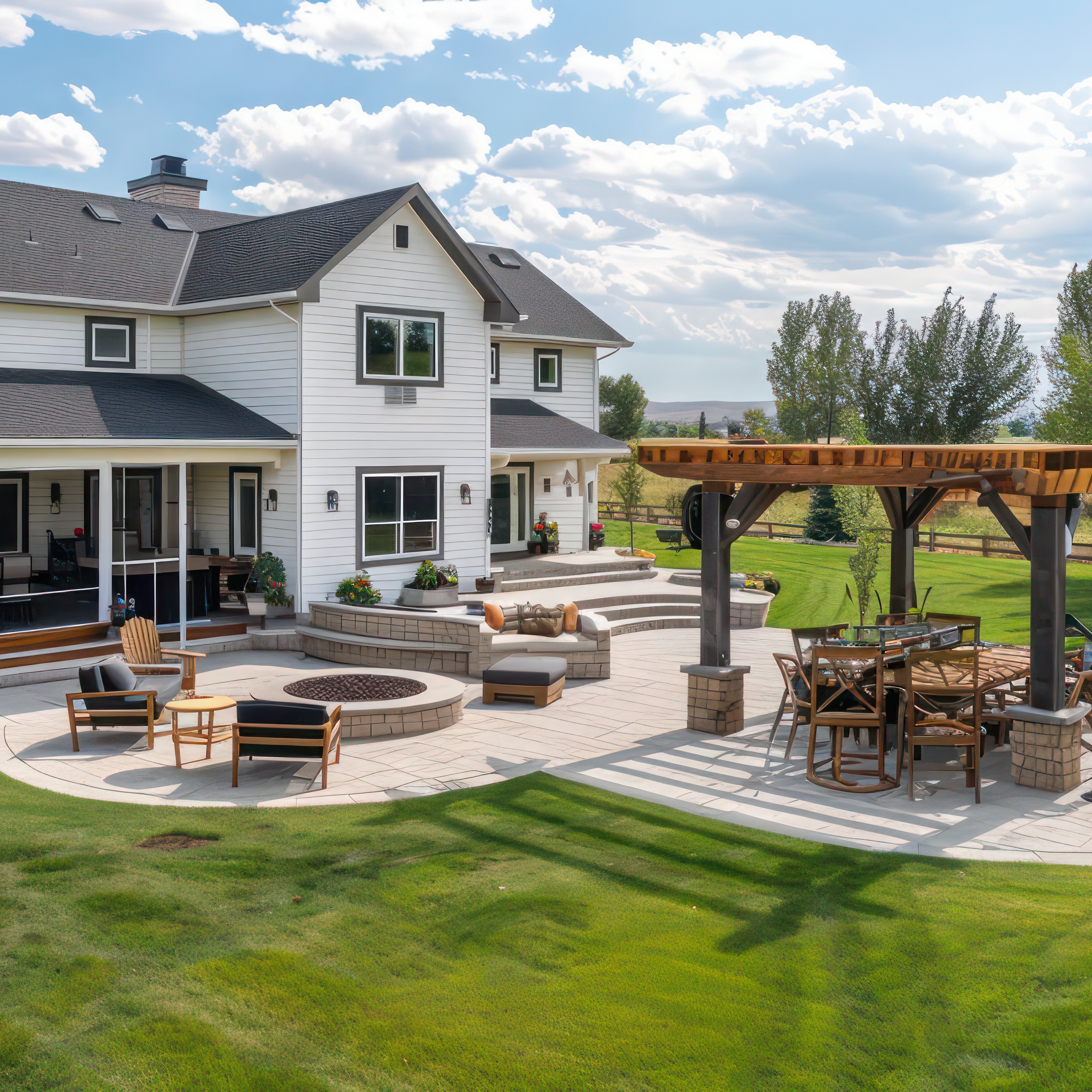Here's What is Trending in Design | September Issue

The interior design trends for 2024 are all about embracing comfort, sustainability, and personal expression. Throughout the rest of the year, I’ll be highlighting the top trends from the year. This month’s feature is Biophilic design.
Biophilic design emphasizes the integration of natural light within interior spaces. This is mainly achieved through the strategic placement of large windows, skylights, and open areas that allow sunlight to permeate rooms, thereby fostering a healthier environment. Natural light is known to regulate circadian rhythms, which in turn can improve sleep quality and enhance overall well-being.
Another core principle involves the incorporation of indoor plants and greenery. Whether through potted plants, green walls, or vertical gardens, the presence of vegetation in indoor spaces helps to create a calming atmosphere, purify the air, and reduce stress levels. This connection to nature within our living and working environments is crucial for fostering a sense of tranquility and balance.
The use of natural materials and textures is another fundamental aspect of biophilic design. Materials such as wood, stone, bamboo, and wool are commonly employed to evoke a direct connection to the earth. These materials are often used in their raw or minimally processed forms, which not only enhances their aesthetic appeal but also reinforces a tactile connection to nature. Water features, such as fountains, indoor ponds, and aquariums, are frequently incorporated as well. The presence of water in a design introduces soothing sounds and visual elements that mimic natural environments, contributing to a serene and peaceful atmosphere that promote relaxation and mental clarity.
Biophilic design also prioritizes views and visual connections to nature. This can be achieved through the placement of windows that overlook natural landscapes, the creation of internal courtyards, or the integration of green roofs. Even in urban environments like Chicago, providing occupants with a view of greenery or water can significantly enhance a connection to nature in such a major city.
Lastly, nature-inspired patterns and forms are often used to bring elements of the natural world into interior spaces. These might include motifs that mimic the shapes of leaves, waves, or other organic forms. Such patterns can be subtle or bold, appearing in textiles, furniture, or architectural details, all contributing to an environment that feels connected to the natural world.
These principles together create spaces that not only look aesthetically pleasing but also promote physical and mental well-being by bridging the gap between indoor environments and the natural world.
Categories
Recent Posts










